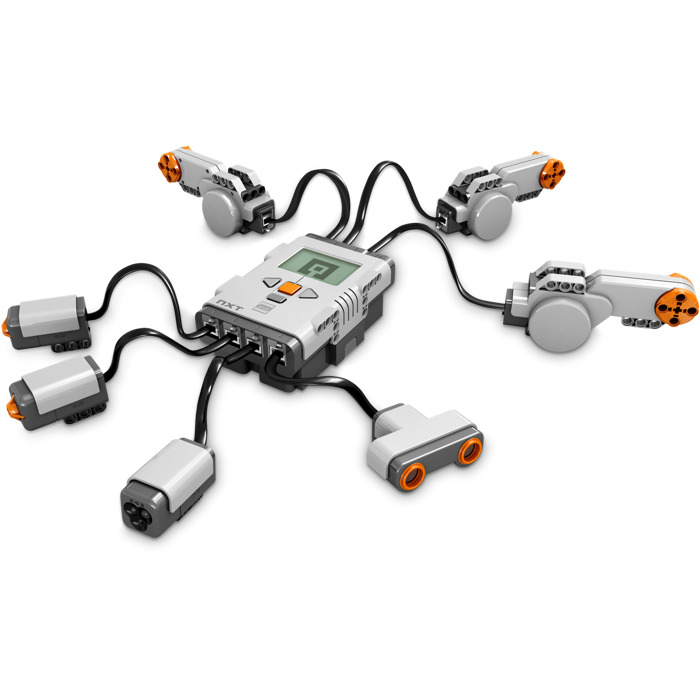
Submit yours now at /opinion.Years back I bought my daughter (then 7, now 13) a 31313 Mindstorms EV3. Got something to say? The Chronicle welcomes opinion pieces on any topic from the community. They have the opportunity to do research and get a deep and rich understanding.” Shumaker said, “It actually takes kids through tadpole, froglet, and then frog stage. There’s even a project specifically designed to fit with the Texas Essential Knowledge and Skills (TEKS) school standards, using another great shape changer: the lifecycle of the frog. The modular design of Lego also means that, once students get to grips with Milo, they can move to other projects, such as building flood gates, recycling, or an explanation on how bees pollinate plants. Shumaker said, “There’s a documentation tool where they can take pictures, and they can type into that took what they have researched and what they have done.”

However, the science kit also builds on the basic storytelling skills that the other system builds. WeDo 2.0 fits in with that, quite literally: Not only do both use the same interlocking brick design that has been the Lego standard since 1958, but the large blue classroom cases that WeDo kits come in are designed to stack with the Storystarter sets. Two years ago, it was promoting its Storystarter set (see “ SXSWeduc: Are Legos the Next Edu Wave?,” March 14, 2014). While Lego may be most famous for branded kits from the latest blockbuster, its roots lie as an educational toy company.

Schumaker said, “It’s putting a hands-on connection with a physical build, putting a computer or tablet connection with writing code, and really making that connection back to science.” Next come simple experiments, like calculating how much weight he can pull. What makes Milo tick is a small, Bluetooth-enabled, programmable motor: Students build the design and, using a click-and-drag programming interface on a phone or tablet, instruct it to move, turn, and stop. While virtual reality teaching was all the rage at SXSW Interactive and its school-centric intro, SXSWedu, so was the hands-on Maker Movement experience, and Milo is intended as an entry point for kids in grades 2-4 to get to grips with science.

Steve Shumaker, an education consultant with Lego Education, called Milo essentially a robotics kit, “but it’s really more than that. The wheeled explorer was launched at January’s International Consumer Electronics Show in January, and rolled into Austin for SXSWedu.

Milo the Science Rover (to give him his full name) is the first build in Lego’s new WeDo 2.0 range of robotics and engineering projects. He’s about six inches long has a single, inquisitive eye and Lego hopes that he’ll be the entry point for kids to robotics.


 0 kommentar(er)
0 kommentar(er)
